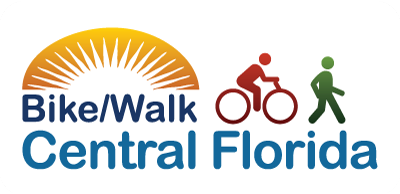Have you ever caught yourself referring to a female law enforcement officer as a “policeman?” Or used an airplane seat’s call button, expecting help from a “stewardess,” only to be met with a male flight attendant? Gender biases that slip into our language can be hard to shake. And it t urns out, similar biases creep into the way we talk about transportation issues. As the cartoons above and on the right show, the goal is always to improve…but ideas of “improvement” change depending on who benefits.
urns out, similar biases creep into the way we talk about transportation issues. As the cartoons above and on the right show, the goal is always to improve…but ideas of “improvement” change depending on who benefits.
In his essay, “Making the Case of Transportation Language Reform: Removing Bias,” Ian Lockwood explains:
“Many cities are now contending with the consequences of 50 years of automobile-oriented design. At the same time, values and expectations are evolving. Increasingly, people want high-performance transportation infrastructure that achieves a number of functions—accommodating people who walk, cycle, take transit and drive cars for equity and economic reasons.”
Lockwood is a livable transportation engineer. His notion? Accommodating different people requires objective words that encompass everyone’s needs, not just the needs of people who drive:
“Enhancement or enhanced shows bias…for example, ‘The motor vehicle speeds were enhanced.’ Either increased or decreased would be a better choice. Enhanced connotes that the situation has become better, which is a matter of opinion and perspective.”
Read the full article—and Lockwood’s suggestions of objective language—below. You can also find the originally published article on page 41 of the January 2017 issue of ITE Journal.


